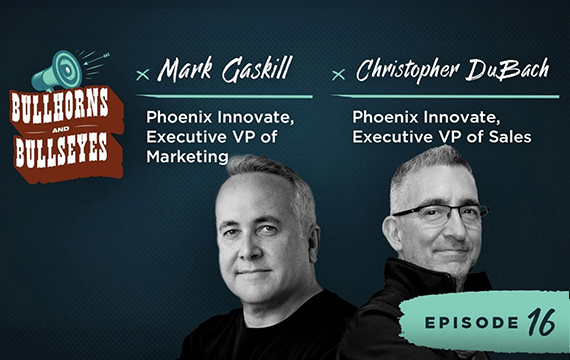The Pros and Cons of Co-op Marketing – and How to Avoid the Pitfalls
Co-op marketing isn’t always a perfectly smooth process, but with some due diligence, pre-planning and quality communication, you can flip the challenges into benefits.
Tips for Creating a Co-Op Marketing Strategy: Key Elements to Keep in Mind
A cooperative marketing program can provide organizations with numerous benefits when carefully planned to accomplish specific goals. The collaboration creates an opportunity for the organizations to grow their brands, increase sales and launch products simultaneously — all while gaining strength from each other’s reputations and the traction they have already established with their respective audiences.
Co-op Marketing: Answers to Common Questions
Cooperative marketing is a strategy that can benefit businesses of various sizes in many different types of industries. You likely see examples of it all around you, but might not recognize it as co-op marketing or think about the many steps required to launch a cooperative marketing campaign.
What Is Co-op Marketing, and How Can It Increase Sales?
Co-op marketing, or cooperative marketing, can be a win-win for two or more partnering organizations.
CRM Solutions in Higher Education: Why a Customer Relationship Management System Can Help You Recruit New Students
Meeting students along their journeys is vital to success in increasing enrollment at colleges and universities. That’s one factor. For the most effective results, however, humanizing your brand by personalizing communications is fundamental. That’s the second factor.
Data Leakage Protection: How to Boost Security and Employ Successful Marketing Strategies
Organizations hoping to boost their brands and increase their ROI may be concerned about the security of their data, especially considering all the different ways data can be leaked today. It is possible, however, to employ data leakage protection strategies and effectively market your brand at the same time; you just have to be careful about who has access to the data.
Higher Education Marketing: How Data Insights and Personalization Can Be Key to Increasing Enrollment
In higher education marketing, data insights and personalization are powerful factors in increasing enrollment rates and your overall return on investment.
Higher Education Digital Marketing Strategies: Leveraging Multiple Sources for Greater Success
Colleges and universities looking to attract students and grow recognition of their schools have many options today.
Podcast: What is Your Data Telling You? (Or Not?)
EVP of Sales and Business Development Chris DuBach and EVP of Marketing and Research Strategies Mark Gaskill talked about data, data security, danger zones, research, sales and marketing collaborations, emotional connections and more during a Bullhorns & Bullseyes Podcast with hosts Tom Nixon and Curtis Hays.
Audience Segmentation, Channels, Cadence and Content: The Power of Insight in Marketing
In today's crowded marketing landscape, it can be challenging to stand out and connect with your audience, but using data insights to reach them can make a significant difference.
Leveraging Donor Data to Navigate Turbulence in Good and Bad Economic Times
Understanding donors’ motivations based on evidence is key to effective fundraising. On the surface, that’s a logical concept, but so many fundraising organizations overlook the importance of analyzing data and instead keep doing what they’ve always done – because it works every now and then.
Acquisition and Retention Marketing: Using Data-Led Insights to Improve Your ROI
To maximize your return on investment (ROI), it’s essential that you effectively reach and engage your target audiences. Successful organizations maintain long-lasting relationships with their customer or donor audiences by using various retention marketing principles.











